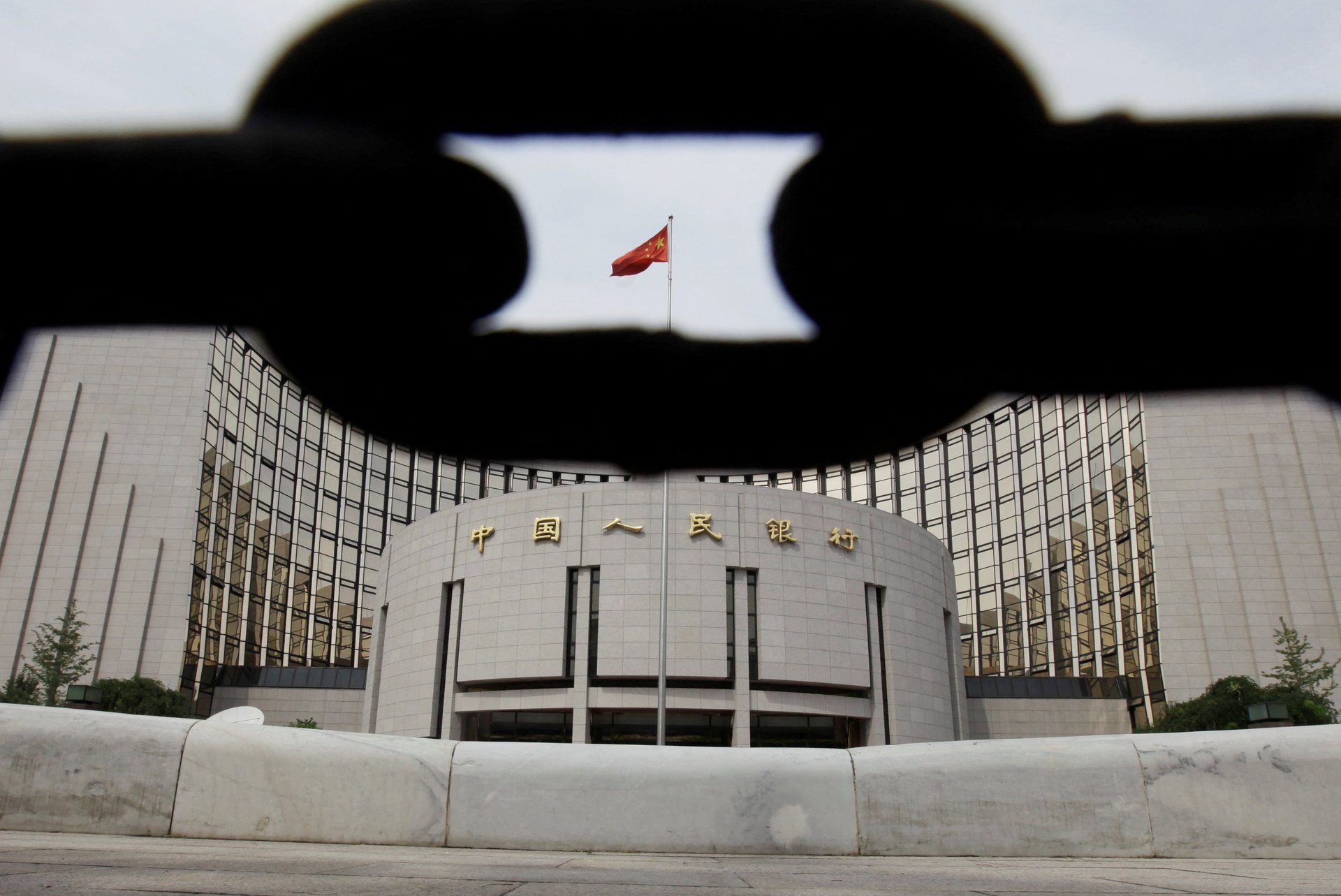Will China’s rate cuts stimulate its sluggish economy?
The deeper problem for China seems to be shaky consumer and business confidence

After three years of zero-covid isolation took its toll on China’s economy, a drastic pivot away from pandemic restrictions was supposed to turbocharge an economic recovery. But the country’s growth is stalling. Exports are down. Youth unemployment is up. Plunging producer prices are raising risks of deflation. Consumer inflation has all but disappeared thanks to weak demand. And global capital is flowing out of China in search of more lucrative targets.
Suggested Reading
Beijing is worried. Even this year’s official 5.5% GDP growth target—the lowest goal in three decades—is looking like an increasingly far stretch. Given how much the Chinese Communist Party’s legitimacy depends on steady economic growth, policymakers have compelling incentives to rejig the economy. But can they?
Related Content
China hopes rate cuts can revitalize growth
Right now, Beijing is placing its bets on monetary stimulus tools.
On June 13, the People’s Bank of China made a surprise cut to its seven-day reverse repo rate, from 2% to 1.9%, which is supposed to boost banking system liquidity and make short-term loans cheaper.
The move follows last week’s deposit rate cuts by China’s six state-owned commercial banks. Slashing deposit rates improves banks’ profitability and helps them extend credit, thanks to a wider margin between what they earn on loans versus what they pay for funds. Plus, since savers earn less money from their deposits on the lower rates, it theoretically incentivizes consumer spending.
“Rate cuts will not change the picture,” Alicia Garcia Herrero, chief Asia-Pacific economist at Natixis, wrote on Twitter this week, referring to China’s decelerating loan growth. “There is no demand for loans because there [is] no confidence in a strong recovery.”
Meanwhile, analysts expect the Chinese central bank to cut its medium-term lending rate on June 15, and its benchmark loan prime rate on June 20, since all three rates are usually adjusted together.
Rate cuts might not quite cut it
Whether the trio of rate cuts will be enough to prevent China’s economic recovery from derailing is another question. By themselves, the rate cuts are probably unlikely to boost private sector investment and consumption.
Plus, there’s the looming risk of a “balance sheet recession,” in which household and business assets collapse in value, forcing more saving while hampering consumption and investment. When that happens, monetary policy becomes ineffective because people won’t borrow, regardless of how low interest rates go.
Richard Koo, the economist who coined the term balance sheet recession, expects Beijing to focus its energy on fiscal measures instead. “They’ll go straight to fiscal stimulus because that’s what’s needed in a balance sheet recession, when the private sector is immobilized by their balance sheet problems,” he told CNBC last week. “Only the government can come in and borrow that money and keep the economy going.”
According to Bloomberg, Beijing is indeed considering measures to boost domestic demand and help the foundering real estate market. But the research firm Pantheon Macroeconomics predicts a “limited fiscal and monetary stimulus,” rather than mega-stimulus packages as in years past.
Years of abrupt and unpredictable policy u-turns have done deep damage to Chinese consumer and business confidence. It will take more than rate cuts to patch things up.